30대 재벌의 계열사가 지난 5년간 50% 가까이 급증한 것으로 나타났다.
최근 웅진, STX 등에 이어 동양까지 국내 재벌들이 연이어 무너지는 것과 관련,무리한 계열사 확장이 유동성 위기를 촉발했다는 지적이 나온다.
6일 재벌닷컴에 따르면 총수가 있는 자산 순위 30대 재벌그룹의 계열사 수는 지난 2007년 말 843개에서 작년 말 1천246개로 403개(47.8%) 증가했다.
재벌그룹 계열사 수는 2008년 말 1천6개로 1천개를 돌파한 이후 2010년 말 1천126개로 늘었고 2011년 말 1천200개를 넘어섰다.
올해 들어서는 소폭 감소해 9월 말 기준으로 1천237개로 집계됐다.
30대 재벌 중 5년간 계열사가 감소한 곳은 금호아시아나 한 곳뿐이었다. 금호아시아나그룹은 2007년 말 35곳에서 작년 말 20곳으로 계열사가 줄었다.
5년간 계열사가 수가 가장 많이 늘어난 곳은 롯데그룹이었다.
롯데그룹 계열사는 2007년 말 43개에서 작년 말 79개로 36곳이 늘어났다.
이어 동부그룹이 33곳 증가했으며 LS와 LG그룹이 각각 28곳씩 늘었다.
증가율 기준으로는 현대중공업그룹이 2007년 말 8곳에서 작년 말 27곳으로 세 배 이상(237.5%•19개) 증가해 가장 두드러졌다.
이어 현대가 9개에서 21개로 133.3% 늘었고 LS와 동부도 증가율이 127.3%, 122.2%를 나타냈다.
재벌 계열사 증가의 주요 원인 중 하나로 대형 인수•합병(M&A)을 통한 사업 확장이 꼽힌다. 그 외 '문어발 확장'의 일감 몰아주기로 총수 일가가 사적 이익을 취하기 위한 것이라는 비판도 있다.
한국 산업구조가 고도화되면서 M&A가 중요한 성장동력으로 평가받고 있지만 각 그룹의 한계를 넘어서는 무리한 확장은 '승자의 저주'를 불러올 수 있다.
많은 부실기업이 구조조정을 거쳐 정상화된 후 주요 재벌에 인수되면서 재벌의 경제력 집중이 심화한다는 점도 문제로 지적된다.
실제로 대형 M&A를 성사시킨 그룹들이 과도한 차입 탓에 유동성 위기에 빠져 좌초되는 사례가 되풀이되고 있다.
30대 재벌의 작년 말 부채 총액은 574조9천억원 규모로 2007년 말 313조8천억원 보다 83.2%, 261조1천억원 증가했다.
30대 그룹 중 절반가량은 5년 전보다 부채비율이 상승하고 채무 상환 능력이 떨어졌다.
대내외 경제 여건 악화로 수익성이 나빠져 빚을 제대로 갚지 못하면 결국 위기에 처할 수밖에 없다.
김상조 한성대 무역학과 교수는 "다른 기업을 무리하게 인수했다가 그룹 자체가 부실해지는 경우처럼 차입금에 의존한 대형 M&A에는 '승자의 저주'가 따른다"며 "효율적이고 투명한 부실기업 구조조정 시스템을 확립하고 대형 M&A를 결정할 때는 주주총회의 승인을 받는 등의 절차를 거치도록 해야 한다"고 지적했다. (연합뉴스)
<관련영문기사>
Conglomerates' subsidiaries soar some 50 pct in 5 years
The number of companies belonging to the nation's leading family-controlled conglomerates, known as chaebol, has jumped nearly 50 percent over the past five years, industry data showed Sunday.
The nation's top 30 family-owned conglomerates had a combined 1,246 subsidiaries as of the end of last year, up 47.8 percent from the 843 reported at the end of 2007, according to the data by Chaebol.com.
The number of chaebol subsidiaries, however, edged down this year, with the figure reaching 1,237 as of the end of September, said Chaebol.com, which tracks the conglomerates.
Over the past five years, Lotte Group posted the largest increase in the number of subsidiaries with 36, followed by Dongbu Group with 33. LS and LG groups came next with 28 companies each.
Kumho Asiana Group, whose flagship is the country's second-largest carrier Asiana Airlines, was the only conglomerate that saw a decline, with the number dropping to 20 at the end of last year from 35 five years earlier.
As of the end of September this year, SK Group, the nation's No. 3 conglomerate, had 83 subsidiaries, up from 65 five years ago.
Top conglomerate Samsung Group had a total of 77 subsidiaries, up from 59 five years earlier, with the number for No. 2 Hyundai Motor Group soaring to 57 from 36 over the cited period, according to the data.
Chaebol.com attributed the surge in the number of conglomerates' subsidiaries to their aggressive business expansion through mergers and acquisitions.
Experts warned that excessive expansion through mergers and acquisitions, seen as a major means of their growth, could throw highly leveraged conglomerates into a liquidity crisis and an eventual collapse if things went awry. (Yonhap news)


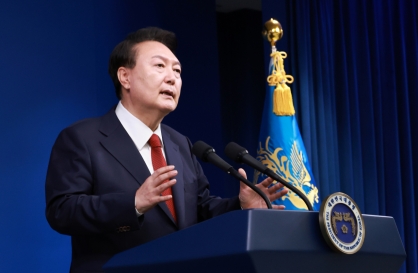


![[K-pop’s dilemma] Can K-pop break free from ‘fandom’ model?](http://res.heraldm.com/phpwas/restmb_idxmake.php?idx=644&simg=/content/image/2024/05/09/20240509050541_0.jpg&u=20240509173751)
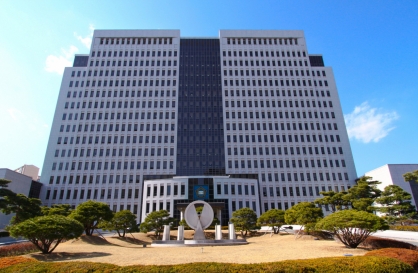



![[News Analysis] Yoon's first 2 years marked by intense confrontations, lack of leadership](http://res.heraldm.com/phpwas/restmb_idxmake.php?idx=644&simg=/content/image/2024/05/09/20240509050612_0.jpg&u=20240509233252)
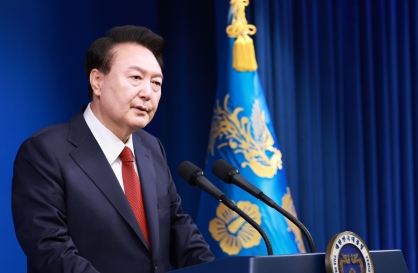


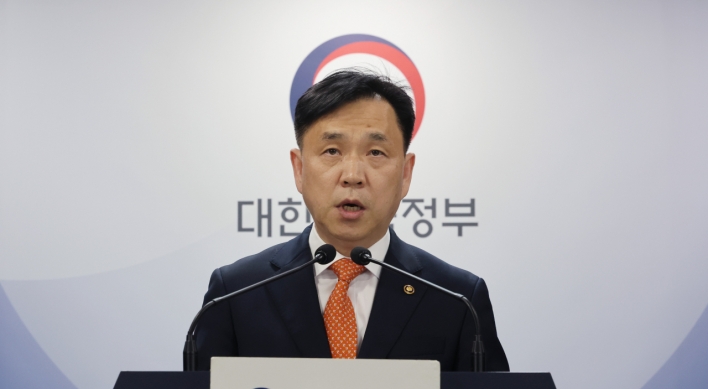


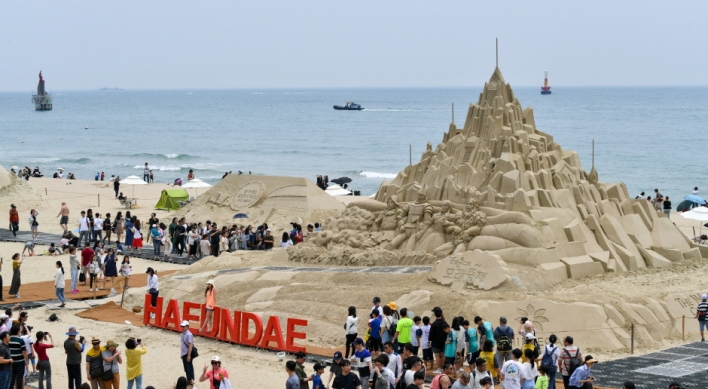
![[Today’s K-pop] NCT’s Mark to drop 1st solo album in February 2025](http://res.heraldm.com/phpwas/restmb_idxmake.php?idx=642&simg=/content/image/2024/05/10/20240510050597_0.jpg&u=)